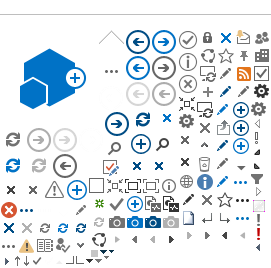The good practices of waste management are designed to economically and environmentally optimize the waste management system. This can be achieved by performing daily routines, such as:
- Know the products you are handling, namely its hazardous characteristics (carefully read the labels) and its destination when it becomes waste.
- Read the labels on the containers and the sorting instructions.
- Do not mix different types of waste nor unnecessarily contaminate the clean materials.
- Reduce the volume of packages, namely the paper/cardboard and plastic packages.
- Do not pour liquid waste (hazardous or not) into the drainage systems, which are not prepared to process this type of waste, in order to avoid the contamination of water tables and treatment systems downstream the facility.
- Print only if necessary and maximize the use of printed paper sheets by using the second side of the sheet for printing drafts or notes. Reuse the envelops in good condition for internal mail.
- Try to reduce the WEEE thrown away by choosing equipment with higher endurance.
- Prolong the life-cycle of oils by applying
techniques (e.g. installation of filters) that minimize its contamination.
- Encourage the prevention, sorting and selective collection as further upstream as possible in the works performed and, if necessary, involve the construction and collection companies in that process.


